Table of Contents
ToggleThe Pledge of Allegiance is an interesting curiosity of American patriotism. Children stand before the flag to recite a small passage and demonstrate their loyalty to the nation. It feels like it has been a part of tradition forever, but someone had to come up with the idea at some point.
Who wrote the Pledge of Allegiance?
The Pledge of Allegiance is attributed to a preacher named Francis Julius Bellamy, who wrote the original pledge in 1892. However, Frank Bellamy’s pledge differs from the one that we recite today.
Over time, other parties and activists fought to alter the text to better represent the values of the United States.
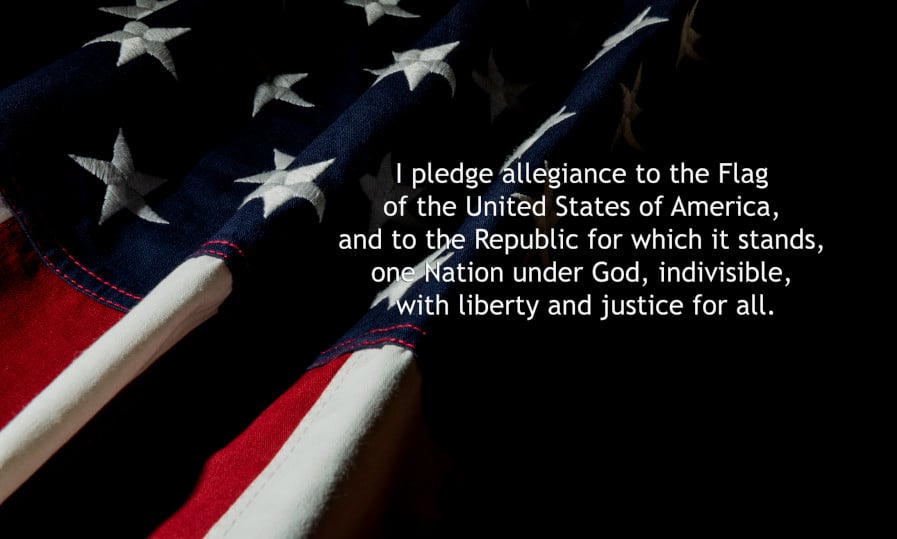
Current Pledge of Allegiance Text:
I pledge allegiance to the Flag of the United States of America, and to the Republic for which it stands, one Nation under God, indivisible, with liberty and justice for all.
Origins of the Pledge of Allegiance
In 1892, under President Benjamin Harrison, the nation prepared a patriotic program in the form of a National Public School Celebration to commemorate the 400th anniversary of Columbus discovering the New World.
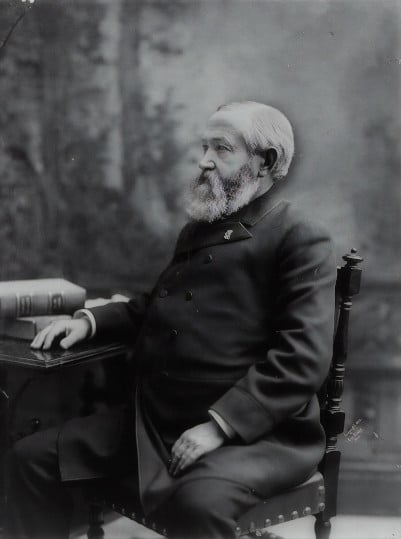
The idea, conceived by James B Upham, was that American schoolchildren would need materials that showed their loyalty and appreciation for the country all those years later. This led to the notion of a pledge to recite in class.

Get Smarter on US News, History, and the Constitution
Join the thousands of fellow patriots who rely on our 5-minute newsletter to stay informed on the key events and trends that shaped our nation's past and continue to shape its present.
The task of writing the text fell to Francis Bellamy, a preacher and minister’s son who worked in Boston and New York. Although he hadn’t put himself forward, he would quickly deliver a short text to meet the requirements.
Bellamy’s text for a national pledge was approved for use and added to this program for the celebrations. On October 21st of that year, he would hear it spoken aloud by children for the first time. It has retained its place in American history and is still a nationwide tradition.
The Original Pledge of Allegiance
The original text created by Francis Bellamy in 1892 read:
“I pledge allegiance to my flag and to the Republic for which it stands, one Nation indivisible with liberty and justice for all.”
It was short, flowed nicely, and covered enough basic values of the nation to be patriotic.

Two things stand out to those familiar with the pledge today. The first is the idea of “my flag” and the “Republic,” as this doesn’t reference the United States of America, and the second is the absence of God.
The First Change to the Pledge
Today, we pledge allegiance to “the flag” of the United States of America, so how did this happen?
It all started at the National Flag Conference of 1923, which included speakers from the Daughters of the American Revolution and the American Legion.
They were concerned that the phrase “my flag” was problematic for immigrants loyal to their motherland’s flag and not necessarily the American flag.

So, the pledge changed to “I pledge allegiance to the Flag of the United States and to the Republic for which it stands, one nation, indivisible, with liberty and justice for all.”
The switch to “the flag of the Republic” meant there would be no confusion that people were pledging to the Stars and Stripes. However, the text changed again in 1924 to add “of America” for greater clarification.
Introducing God
The next major change to the national pledge came with adding a religious element. It will surprise people to learn that the idea of pledging to a nation “under God” was never considered by Bellamy, despite his occupation. The proposal came much later from a lobbying campaign.
The Knights of Columbus was a Catholic fraternal organization that argued for the pledge to include a reference to God. Until then, there had been a separation of church and state that allowed the pledge to be more accessible to a wider range of Americans.
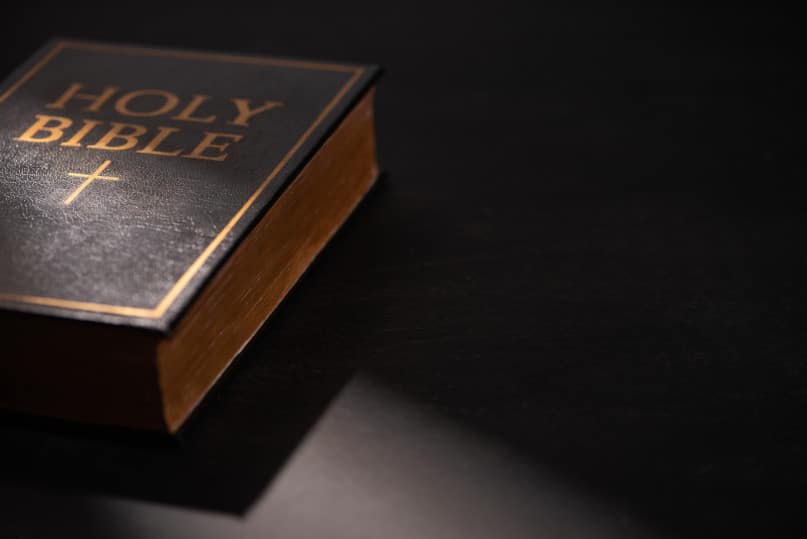
But, many felt this was blasphemous or simply insulting to their faith, so they lobbied for an alteration. The protest, which other supporters joined along the way, gained enough support to legally alter the text.
President Dwight D Eisenhower signed the bill into law on June 14th, 1954. The final text now reads, “I pledge allegiance to the Flag of the United States of America, and to the Republic for which it stands, one nation under God, indivisible, with liberty and justice for all.”
Opposition to “Under God”
The issue of the separation of church and state didn’t go away, and there have been ongoing calls to reverse the bill and remove “under God.”

Understandably, there are solid arguments on both sides. Those who favor removing it, such as vocal atheist Michael Newdow, say it forces those of other faiths to recite something they don’t believe in.
Those in favor of it staying stand by the importance of acknowledging a higher power, the American flag, and the patriotism it imbues.
As recently as 2002, the 9th United States Circuit Court of Appeals in San Francisco ruled that the use of “under God” acts as a government endorsement of religion in public schools.
Therefore, the pledge was unconstitutional and needed to revert back.
Naturally, this angered many religious officials and lawmakers and ultimately nothing changed.
Could the Pledge of Allegiance Change Again?
This conflict over “under God” and the Appeals Court ruling shows a strong argument for a change.

There is also the undeniable fact that while much of older white America is Christian, large demographics worship another deity or none at all.
The decision to ensure that the pledge isn’t mandatory for American schoolchildren is a starting point, but does it go far enough?
The Pledge of Allegiance still holds the structure of Francis Julius Bellamy’s original text and core purpose, but the meaning has evolved.
Whatever the future for the pledge in schools and official settings, it is clear that this is an adaptable text with room to grow.
| Topic | Information |
|---|---|
| Definition | A pledge of allegiance to the United States and its flag, recited by many Americans during patriotic occasions. |
| Author | Francis Bellamy, a Christian socialist, and a former Baptist minister, wrote the original pledge in 1892. |
| Original text | “I pledge allegiance to my Flag and the Republic for which it stands, one nation indivisible, with liberty and justice for all.” |
| Changes over time | The original pledge did not include the words “under God” or “United States of America.” These were added in 1954 and 1923, respectively. |
| Controversies | The Pledge of Allegiance has been controversial, particularly regarding the phrase “under God,” which some argue violates the separation of church and state. In 1943, the Supreme Court ruled that compelling schoolchildren to recite the pledge was unconstitutional, but this decision was reversed in 1954. |
| Significance | The Pledge of Allegiance is seen as a symbol of American patriotism and unity and is often recited at public events, schools, and government meetings. |
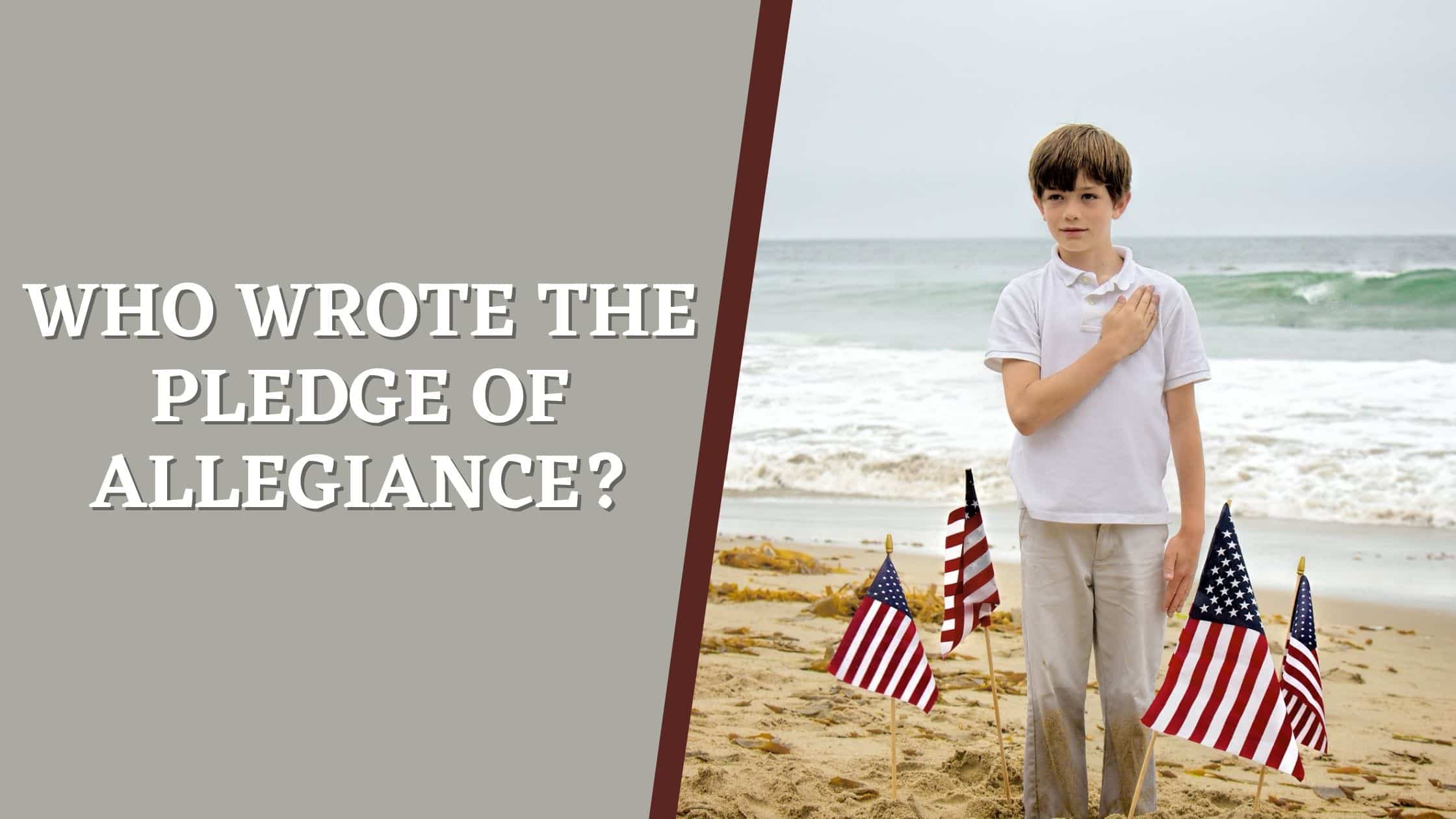
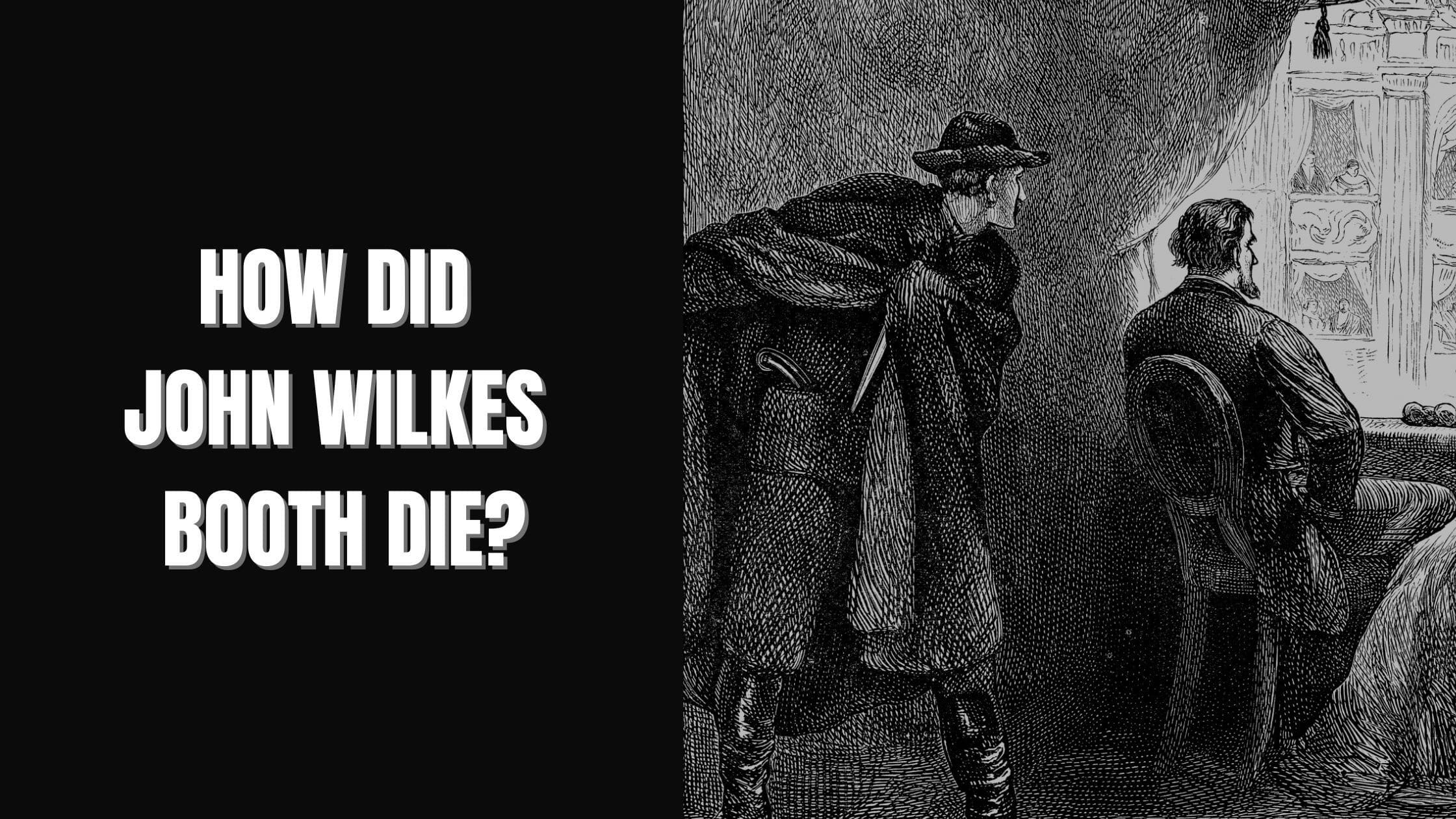
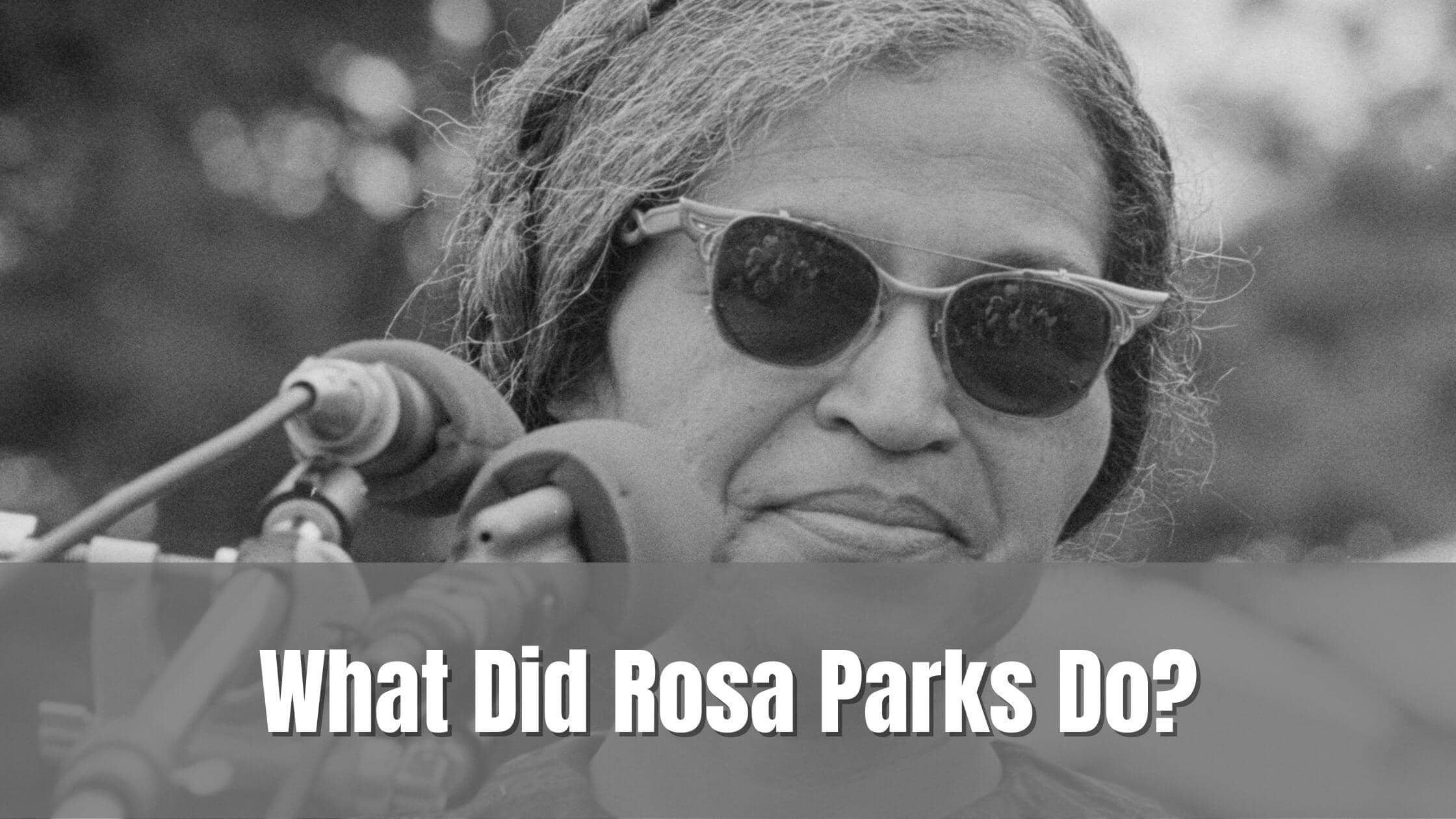
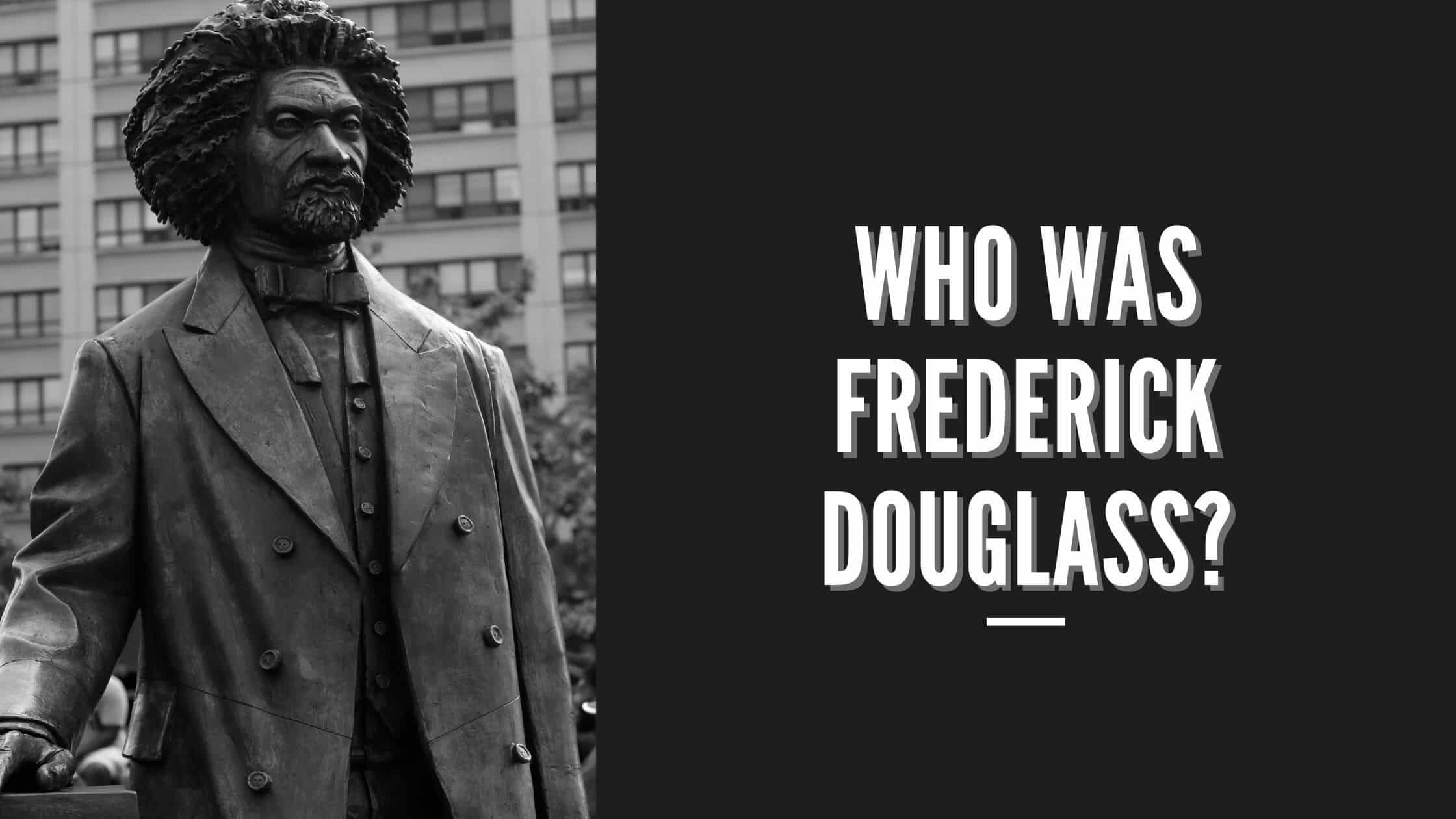








One Response
I grew up saying the pledge with “under God” and never questioned it. The reality that a biblical world view undergirded the founding principles of these United States is beyond debate. What I have come to wonder however, is just how effective is the pledge today, especially in schools. I am a public-school substitute teacher and see students from a wide variety of backgrounds and demographics. Since the pledge is still required in our state, but students are not required to stand or recite it, almost nobody does. My question is, if it is already being ignored, what purpose does it serve? The thing I question even more than the “under God,” is the reference to “one nation.” Constitutionally, a Republic is made of sovereign governments (states) that band together for purposes unattainable individually. The writing of the founding generation clearly distinguished between a nation government and a republican government. Maybe this is not a hill worth dying on, but it bothers me historically and philosophically.